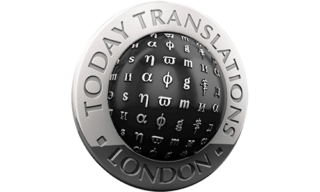How do you say ‘droids’ in Navajo? Residents of Window Rock, Arkansas will find out on July 3rd when Star Wars will become the first major motion picture to be translated into a Native American language.
“This was an idea that I felt was a way to promote our culture, promote our language, a way to save our language,” says Manuelito Wheeler from the Navajo Nation Museum. “There are definitely Star Wars nerds out there who can repeat that movie verbatim, and they speak no Navajo. And so when they’re watching this and it’s in Navajo, it’s them learning Navajo.”
The original installment of the franchise, Star Wars Episode IV: A New Hope, was translated by five production assistants, two of whom can also read and write Navajo, Joe Kee and Jennifer Wheeler. They then recorded the translated script as a tool for actors who may not be able to read the language.
Auditions were held at the Museum and in Los Angeles for the roles of Luke Skywalker, Darth Vader, Princess Leia, Han Solo, C-3PO, Obi-Wan Kenobi and Grand Moff Tarkinwill. Additional Navajo speakers were used for crowd murmur in certain scenes.
Translating into Navajo
Translating a film is easier said than done. When dubbing, the new actors’ voices must be synced with the lip movements of the original film. This is always a particular challenge for the dubbing director, so to ensure the adaptation was done well, the director collaborated closely with a team of Navajo linguists.
In some ways, the dubbing process might be easier for Star Wars than other films because characters such as Darth Vader deliver their lines behind a mask.
Certain words in the Navajo language also proved a challenge. Some words, like “droid,” says Jennifer, are difficult to translate because of how complex they are.
“R2D2 would be the short metal thing that’s alive,” she says.
So, how do you translate droid? That won’t be revealed until the premiere.
Jennifer says the project demonstrates that the Navajo language is alive, and will hopefully spark an interest in local area school children to learn their native language.
“This will be one historic event that will celebrate and recognize the fact that we’re just part of society here, in this Western society, in this country,” she says. “But who we are as Navajo people living in this century, we really need to celebrate.”
Today Translations is a professional translation company who provide professional dubbing, subtitling, and voiceover services for everything from music videos to blockbuster films.
Can we provide language services in Navajo? Well, anything is possible.

